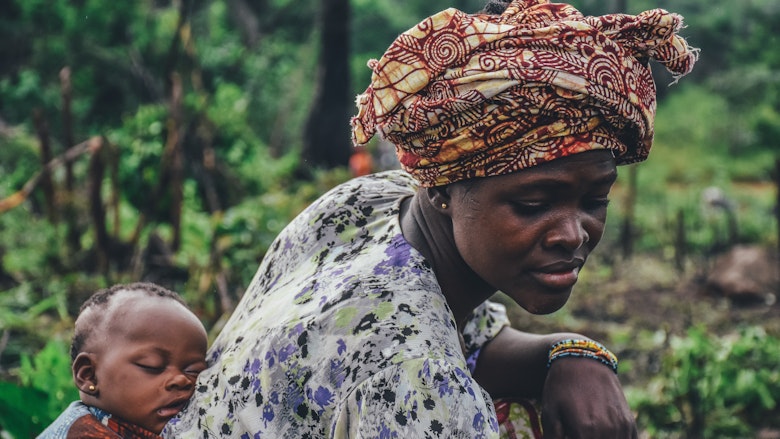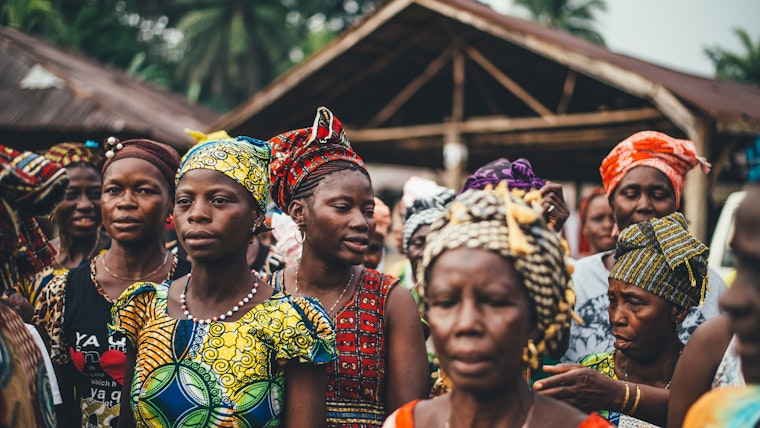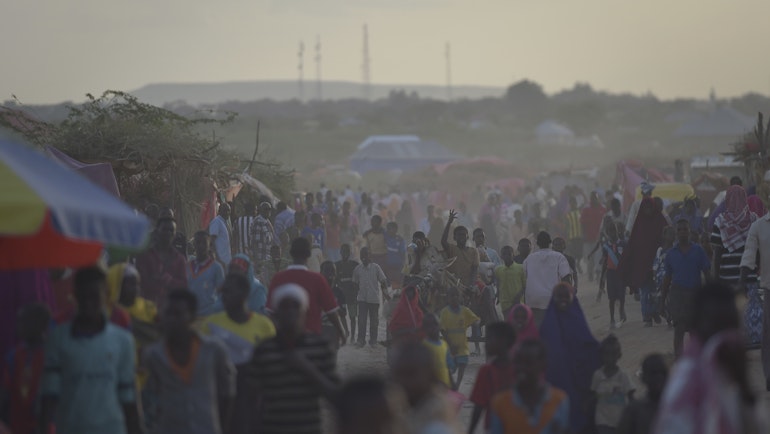
Known locally in Ghana as nkuto (Akan) or nku (Ga), shea butter is a traditional skin treatment, a tried and tested remedy for numerous conditions including dry skin and eczema.
More recently, the ‘butter’ made from the oily kernels of the shea tree fruit, has also found its way into everything from cosmetics to confectionery, and even biofuels. This variety of different uses, accompanied by the inevitable global interest, has seen the shea industry grow rapidly across Ghana and Nigeria.
The benefits, alongside the obvious dermatological ones, are also evident in a vibrant home-grown sector which, if properly supported, looks set to provide plentiful investment and self-determination for owners and workers alike.
What is shea butter?
Produced predominantly in West, Central and East African countries including Ghana, Guinea Bissau, Ivory Coast, and Nigeria, shea butter is a seed fat made from two oily kernels found within the seed of the shea tree. After the kernel is removed from the seed, it is ground into a powder and boiled in water. The butter then rises to the top of the water and becomes solid.
Shea’s Global Success Story
The nut only grows in certain parts of the African continent, a fact that hasn’t been lost on producer countries such as Nigeria and Ghana, whose respective industries continue to thrive.
The reason? An increased global demand for share, due to increased utilisation in the existing market and then in new markets thanks to changes in regulations across the world. For example, in 2020, the U.S. permitted shea butter to be used in the manufacture of a different range of products, including margarine and bakery products.
Spreading The Shea Butter Joy
The economic importance of the shea tree cannot be overemphasised.
With cocoa’s unstable market price and other less resilient products suffering the ongoing effects of climate change and political unrest across Africa, shea butter has become an essential driver of West African economic growth.
Transforming shea butter from a traditional medicine and skin care solution into a suitable, viable substitute for cocoa in the confectionery and cocoa butter industry has taken time.
Allied market research projects that the global share industry will be worth more than $2.4 billion by 2030, with Ghana as the largest exporter in Africa. Over 500,000 metric tonnes of African shea butter products are exported across the globe, with 60% is processed onsite in West Africa.
Pick And Choose - women’s vital role in shea butter production
With the global shea butter market estimated to reach $2.9 billion by 2025, shea butter has also emerged as a prime opportunity to address equality, poverty and food insecurity.
Production of this ownable, natural and, if properly managed, sustainable African resource is dominated by women; from picking the nuts from the trees, to processing them into commodities.
Shea butter harvesting is among the most accessible income-generating activities for rural women in Northern Ghana and contributes immensely to household food security/ Families can use shea butter as cooking oil and can process it into local cosmetic products such as pomades and soaps. The shea value chain also provides many families with a supplementary household income between the harvests of staple crops.
Despite the recent popularity and investment, the shea butter industry still has issues to address. A lack of infrastructure means that women often have to walk miles carrying heavy bucket loads of harvested nuts on their heads, while many who start working from a young age miss out on formal educational opportunities.
However, with the income, women have more control of their finances, and their lives. Paying for food, utilities, even health facilities and school bills, gives them a sense of ownership and empowerment. As well as a chance to make their own decisions about their role, and their future.
Increased interest and investment could also help solve the problem of girls missing out on education. Better wages and working conditions should put more money into shea butter harvesters’ pockets, giving them stability, security and the chance to educate themselves and their children.
Butter’s Bright Future
With new and seemingly endless variety of uses, shea butter’s many dependents will feel quietly confident about their future.
While questions remain regarding the long term economic and environmental impact of some of the methods of production and distribution, the positive state of the industry, especially at rural levels, is spreading.
The industry is held up by other crop producers as an example of a growth resource that is sustainable, while sustaining rural community ownership.
Hopefully the balance struck by investors and their African based suppliers will continue, with mutual respect and drive at the core.







